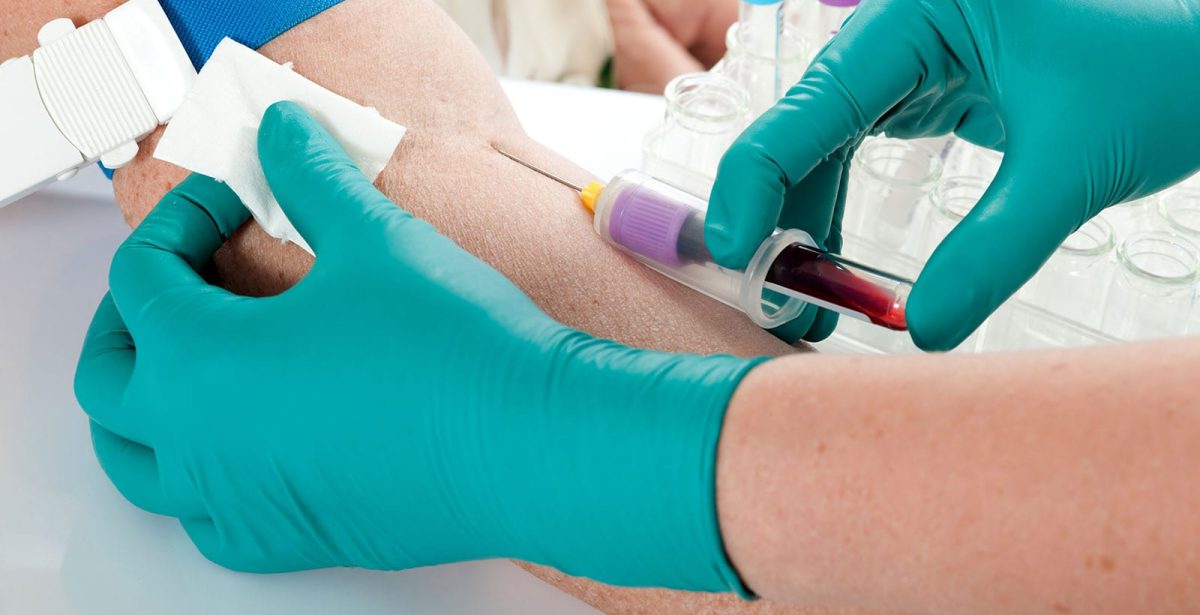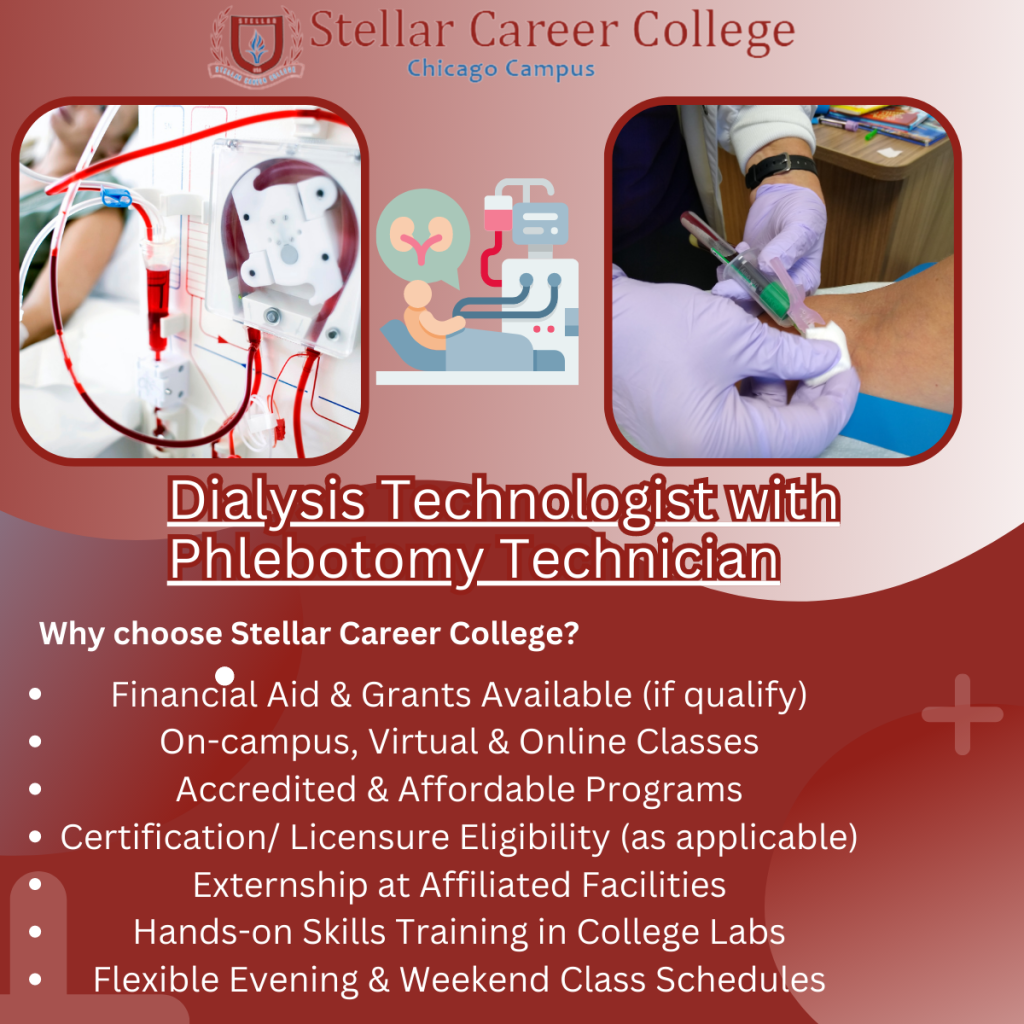The Buzz on Northeast Medical Institute - New Haven Campus Phlebotomy Course & Cna Class
The Buzz on Northeast Medical Institute - New Haven Campus Phlebotomy Course & Cna Class
Blog Article
The Basic Principles Of Northeast Medical Institute - New Haven Campus Phlebotomy Course & Cna Class
Table of Contents8 Simple Techniques For Northeast Medical Institute - New Haven Campus Phlebotomy Course & Cna ClassThings about Northeast Medical Institute - New Haven Campus Phlebotomy Course & Cna Class6 Simple Techniques For Northeast Medical Institute - New Haven Campus Phlebotomy Course & Cna ClassNortheast Medical Institute - New Haven Campus Phlebotomy Course & Cna Class Things To Know Before You Get ThisAll about Northeast Medical Institute - New Haven Campus Phlebotomy Course & Cna ClassNortheast Medical Institute - New Haven Campus Phlebotomy Course & Cna Class Fundamentals Explained
The use of such tools must be accompanied by other infection prevention and control techniques, and training in their usage. Not all security devices are relevant to phlebotomy. Prior to picking a safety-engineered device, individuals ought to extensively explore available tools to establish their ideal usage, compatibility with existing phlebotomy methods, and efficacy in shielding staff and patients (12, 33).For setups with reduced resources, expense is a driving aspect in purchase of safety-engineered tools - Phlebotomy Courses. Where safety-engineered gadgets are not available, skilled usage of a needle and syringe serves. Unintentional direct exposure and details details about a case need to be tape-recorded in a register. Assistance solutions ought to be promoted for those that go through unexpected exposure.
Among the necessary markers of high quality of treatment in phlebotomy is the participation and teamwork of the client; this is equally beneficial to both the wellness employee and the individual. Clear information either written or spoken need to be available to each person that goes through phlebotomy. Annex F provides sample text for explaining the blood-sampling procedure to an individual. In the blood-sampling room for an outpatient department or clinic, supply a comfy reclining sofa with an arm rest.
3 Simple Techniques For Northeast Medical Institute - New Haven Campus Phlebotomy Course & Cna Class
Make sure that the signs for blood sampling are clearly defined, either in a created procedure or in recorded instructions (e.g. in a lab type). Whatsoever times, follow the strategies for infection avoidance and control detailed in Table 2.2. Infection prevention and control practices. Gather all the devices needed for the treatment and place it within risk-free and easy reach on a tray or cart, guaranteeing that all the things are plainly visible.
Where the person is adult and conscious, comply with the actions described listed below. Introduce yourself to the patient, and ask the client to state their full name. Inspect that the lab type matches the patient's identity (i.e. match the person's details with the laboratory form, to ensure exact identification). Ask whether the patent has allergies, fears or has ever before passed out throughout previous shots or blood draws.
Make the person comfy in a supine placement (when possible). Location a clean paper or towel under the person's arm. Go over the test to be done (see Annex F) and acquire spoken permission. The patient has a right to decline a test any time before the blood tasting, so it is essential to ensure that the patient has recognized the procedure.
Northeast Medical Institute - New Haven Campus Phlebotomy Course & Cna Class Fundamentals Explained
Extend the patient's arm and inspect the antecubital fossa or lower arm. Find a vein of a great size that is visible, straight and clear.
DO NOT insert the needle where blood vessels are drawing away, since this increases the chance of a haematoma. Finding the capillary will assist in identifying the correct dimension of needle.
Haemolysis, contamination and presence of intravenous fluid and medicine can all modify the outcomes (39. Nursing team and doctors might access main venous lines for specimens complying with procedures. Samplings from central lines lug a risk of contamination or wrong lab test results. It serves, yet not optimal, to injure specimens when very first presenting an in-dwelling venous device, before linking the cannula to the intravenous liquids.
Northeast Medical Institute - New Haven Campus Phlebotomy Course & Cna Class Can Be Fun For Everyone
Enable the location to completely dry. Failing to enable sufficient get in touch with time enhances the threat of contamination. DO NOT touch the cleaned site; particularly, DO NOT place a finger over the capillary to guide the shaft of the revealed needle. It the site is touched, repeat the sanitation. Perform venepuncture as adheres to.
Ask the patient to develop a clenched fist so the blood vessels are much more famous. Go into the capillary swiftly at a 30 degree angle or much less, and remain to introduce the needle along the vein at the simplest angle of access - Phlebotomy Training. As soon as sufficient blood has actually been accumulated, launch the tourniquet prior to withdrawing the needle
The Definitive Guide for Northeast Medical Institute - New Haven Campus Phlebotomy Course & Cna Class
Take out the needle carefully and apply gentle pressure to the website with a tidy gauze or dry cotton-wool sphere. Ask the client to hold the gauze or cotton wool in location, with the arm prolonged and raised. Ask the person NOT to bend the arm, since doing so causes a haematoma.

How Northeast Medical Institute - New Haven Campus Phlebotomy Course & Cna Class can Save You Time, Stress, and Money.
Where possible, keep the tubes in a shelf and relocate the shelf in the direction of you - https://www.goodreads.com/user/show/179518384-marvin-gordon. If the sample tube does not have a rubber stopper, inject incredibly slowly into the tube as minimizing the pressure and speed made use of to move the sampling minimizes the risk of haemolysis.

Report this page